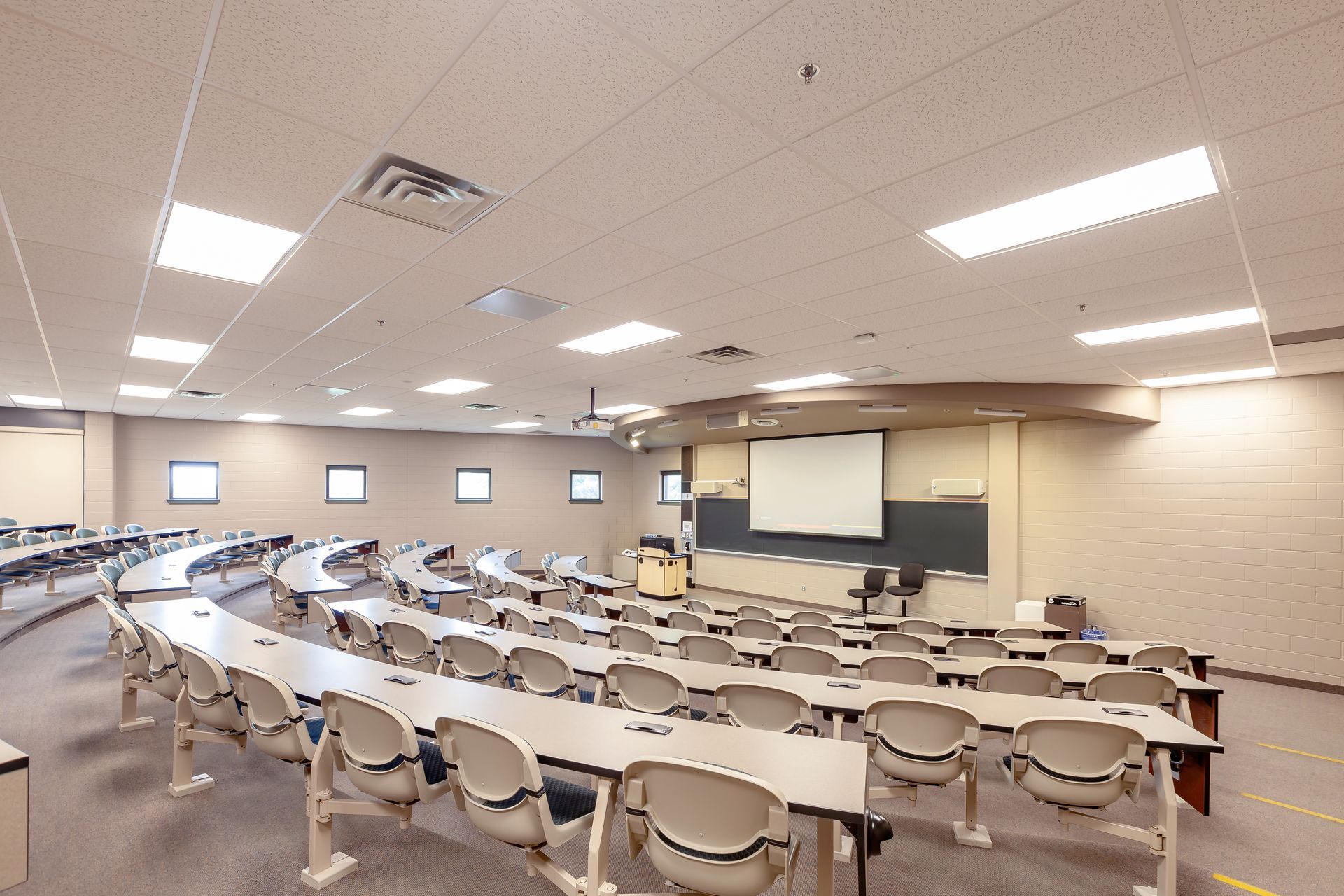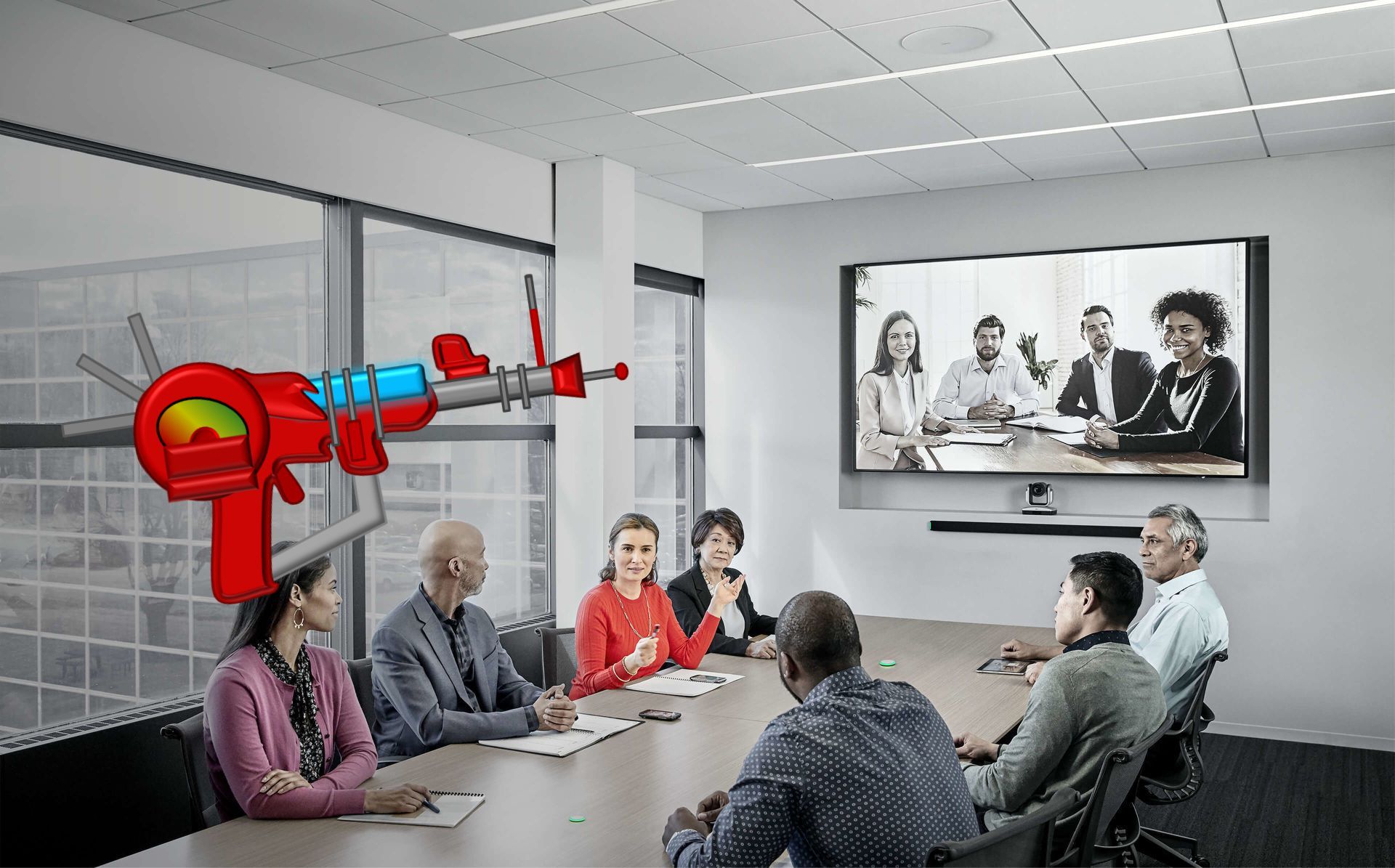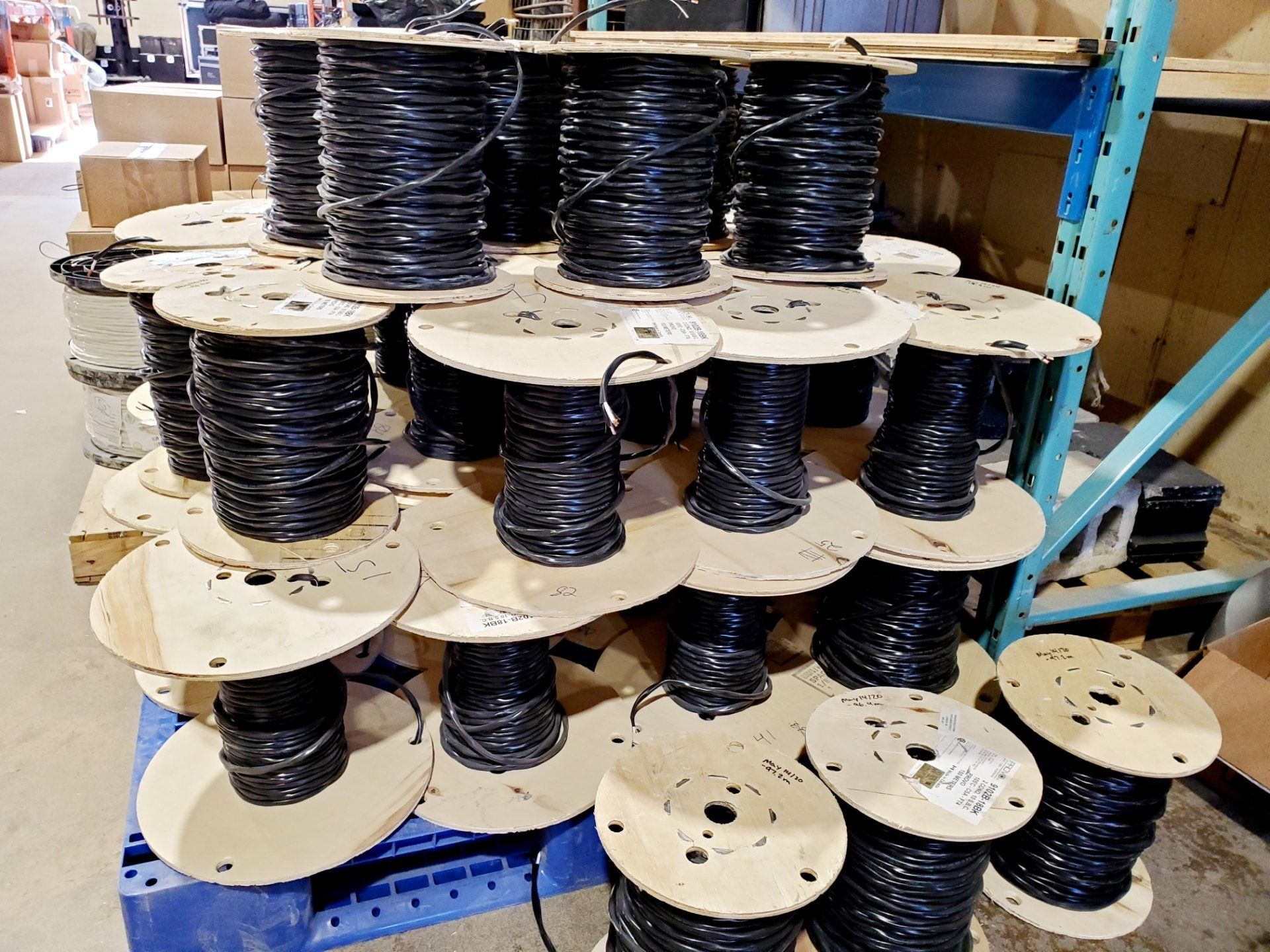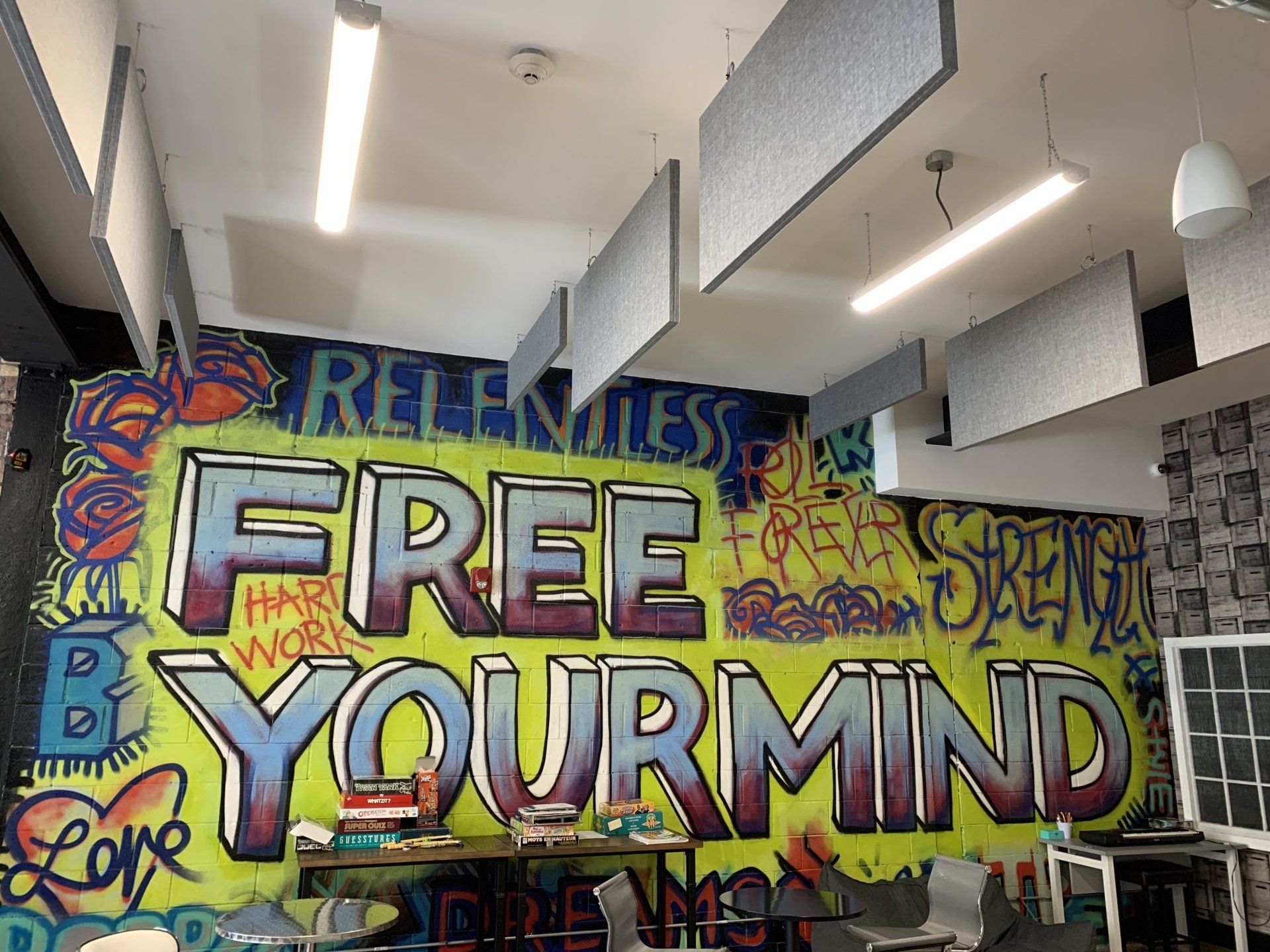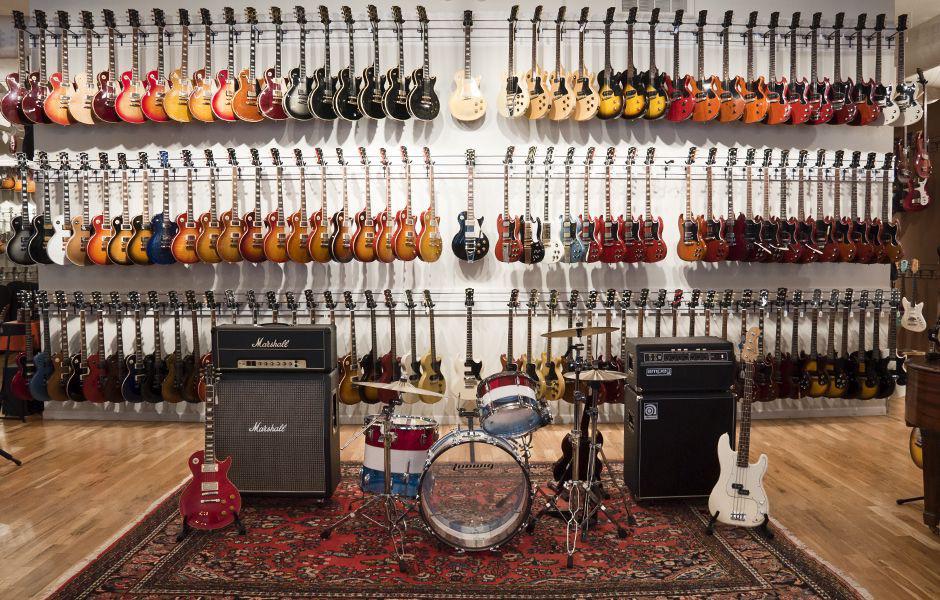5 Ways to Improve Your Audio Quality in 2025
Essential Tips to Enhance Your Audio Experience – From Training to Equipment Upgrades
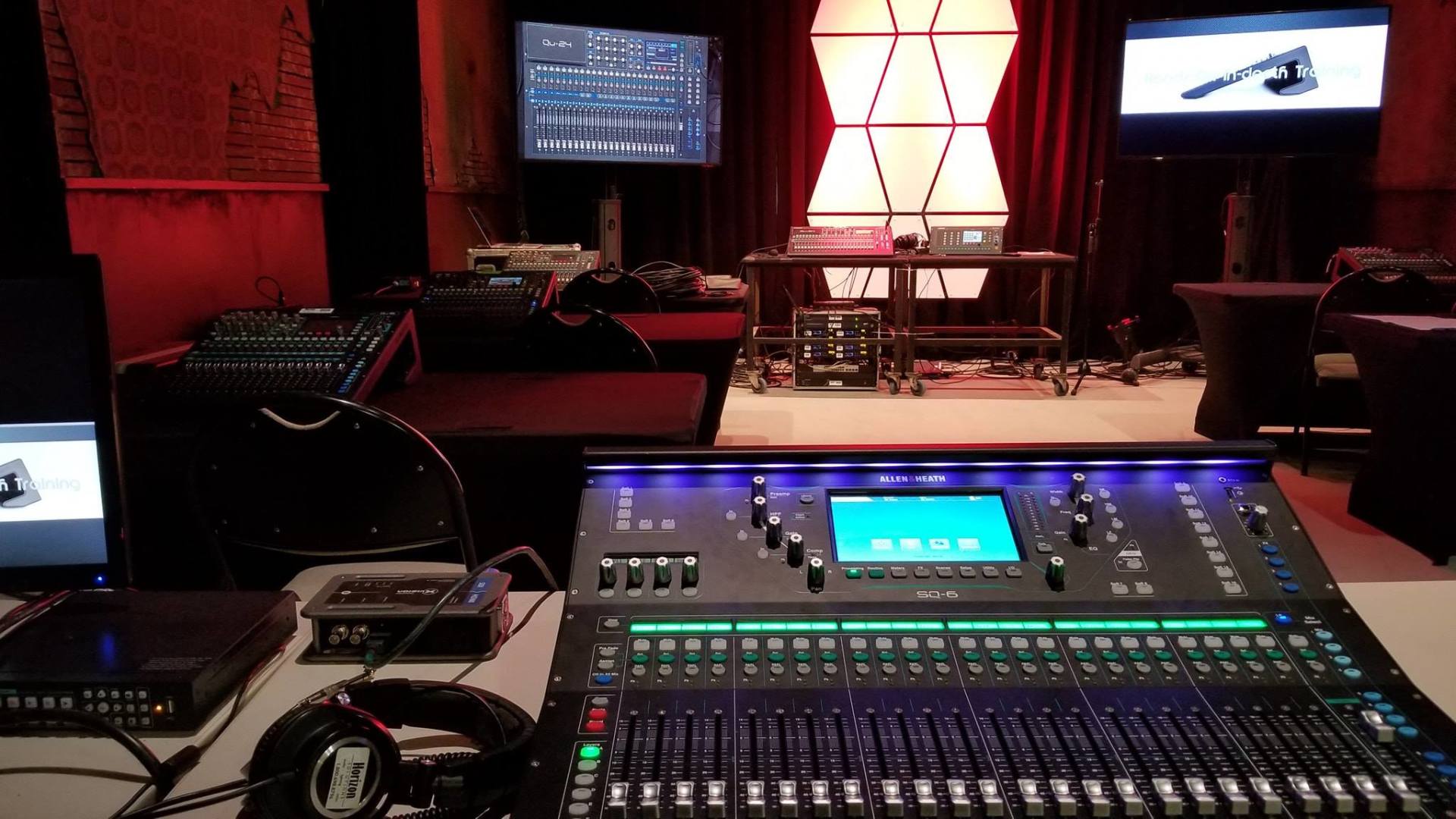
The beginning of a new year often feels like the right time to make some kind of commitment to improvement. Many of us set resolutions that focus on personal growth, but what if we expanded that mindset to our professional environments? If that environment happens to be a School or Church or any other organization that makes use of Pro Audio Equipment, perhaps enhancing your audio quality could make your list of resolutions for 2025! With a few tips, clean and clear sound can be within reach and can transform the experience of your audience or congregation. Here are five ways to improve your audio quality in 2025.
1. Training
When it comes to audio and PA systems, many organizations underutilize their equipment. The result is often less-than-ideal sound quality for the audience or congregation. Training ranks as #1 on our list because it's one of the easiest and most cost-effective ways to improve the quality of your audio. With training from an experienced professional, you and your team can learn how to maximize the capabilities of the equipment you already have. This not only enhances the experience for your audience but also ensures that the investment in your audio system pays off!
How can Horizon help? We’re glad you asked. Horizon offers a variety of training options that are tailored to your needs. From free seminars with a range of industry professionals at Resource Stage, to customized on-site training session for your whole team, Horizon is here to help you get the most out of your system.
2. Microphone Selection
The right microphone can make all the difference in audio quality. Evaluate your current microphones: are they suitable for your environment and your application? Different uses call for different types of microphones. Perhaps it’s time to retire that microphone you got at that garage sale. Or perhaps that old road-worn workhouse just isn’t cutting it on the piano anymore. Or maybe it’s time to upgrade from a podium mic, to a wireless system with a discrete and low-profile head-set mic for your presenter or speaker?
Here at Horizon, we know there isn’t always a one-mic-fits-all solution. We work with top manufacturers of microphones at all price-points so we can offer our clients solutions that work. From industry standard microphones like the Shure Beta 58A to the capable Shure QLXD wireless microphone system, to the high-fidelity and super versatile 4099 instrument microphones from DPA, we will work with you to evaluate and meet your microphone needs!
3. Connectivity
One simple way to improve the function of any audio system is to expand its connectivity. Today, with more devices than ever, adding BlueTooth® just makes sense. The addition of BlueTooth® connectivity to an audio systems not only helps alleviate the need for a tangle of cables, but can also take the confusion out of connecting a tablet or smartphone.
For this task, we recommend the BT-Pro V2 from Radial Engineering. A Canadian manufacture, Radial is one of the most trusted and recognizable names in the Audio world. Their products are synonymous with good design, great quality and innovation. With a device from Radial you cant go wrong.
4. Acoustic Treatment
Acoustic treatment is often overlooked, yet it can profoundly impact your sound quality. Ever thought your venue or auditorium might sound a bit ‘echo-y’? Or have you ever had an attendee mention that they struggled to hear a presenter clearly? Room acoustics are the likely culprit. Acoustic treatment is far more than slapping a roll of foam egg-carton the back wall and hoping for the best. Modern solutions often consists of precise measurements and computer-modelled room evaluations. While it may seem really complicated, it helps by taking out the guess work in knowing if your room needs absorption, diffusion or bass control. By creating a more controlled acoustic environment, you can ensure that your audio is clearer and more enjoyable for everyone.
Let us help in taking the mystery and intrigue out of finding the right acoustic solutions for your space. Give us a call to arrange a consult with one of in-house professionals.
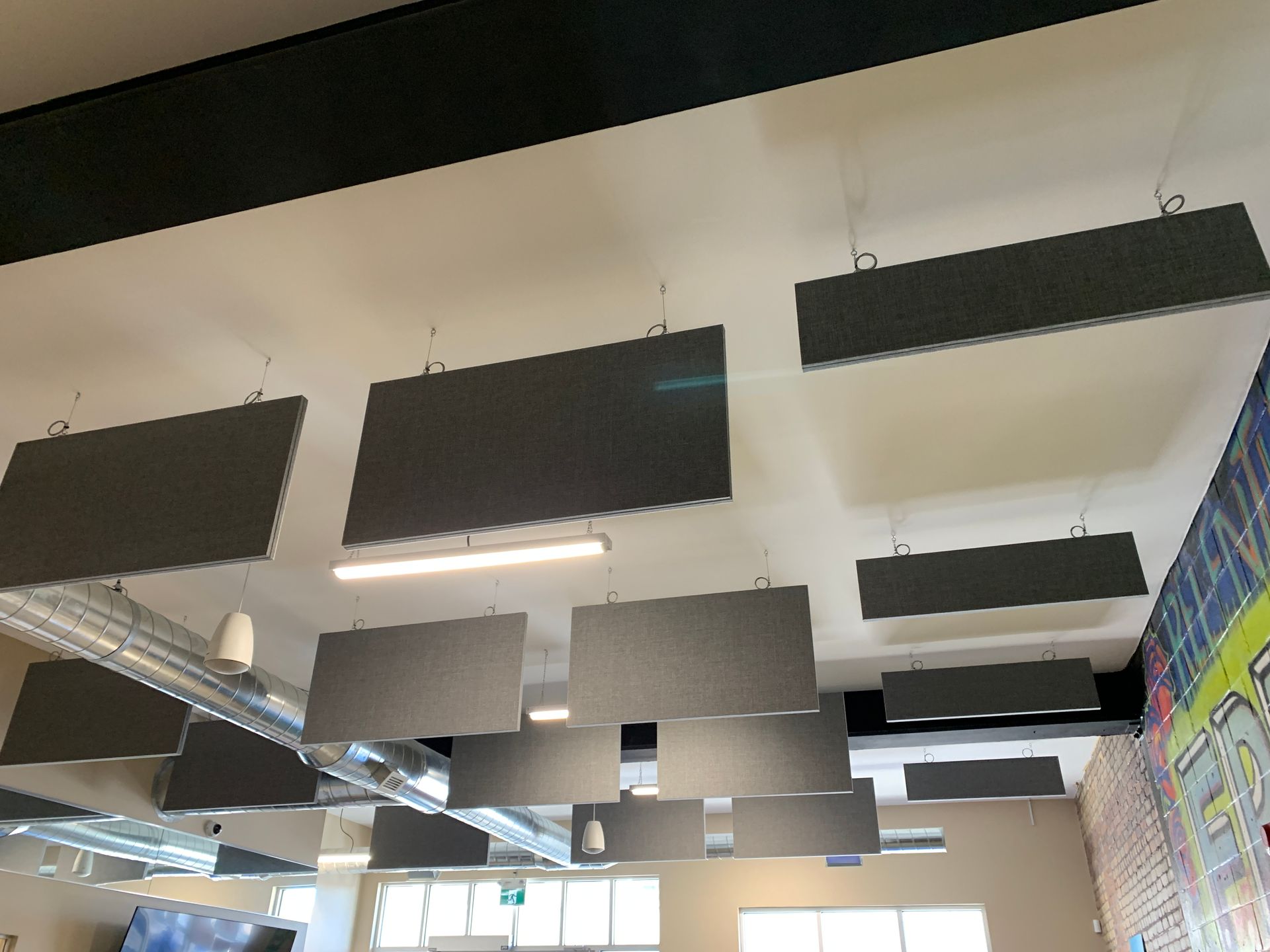
5. PA Adjustments and/or Upgrades
As technology evolves, so do the capabilities of PA systems. Take a moment to consider your current system: Is it performing as it should? Is it currently serving the needs of your organization? It’s not always the case, but there may come a time when your system’s age really begins to affect it’s performance, and an upgrade may be required. Like all technology, advancement is always taking place and manufacturers of pro audio equipment are constantly innovating and releasing great products at a variety of price points to stay current in a competitive market. New products often showcase cutting-edge features like better DSP (digital signal processing) and better energy-efficiency making upgrades an attractive option.
If you think your audio system might be showing it’s age, or is no longer serving the needs of your organization, we can help. At Horizon, we pride ourselves on focussing on the needs of our clients, and we’d love to work with you toward a solution that meets your needs.
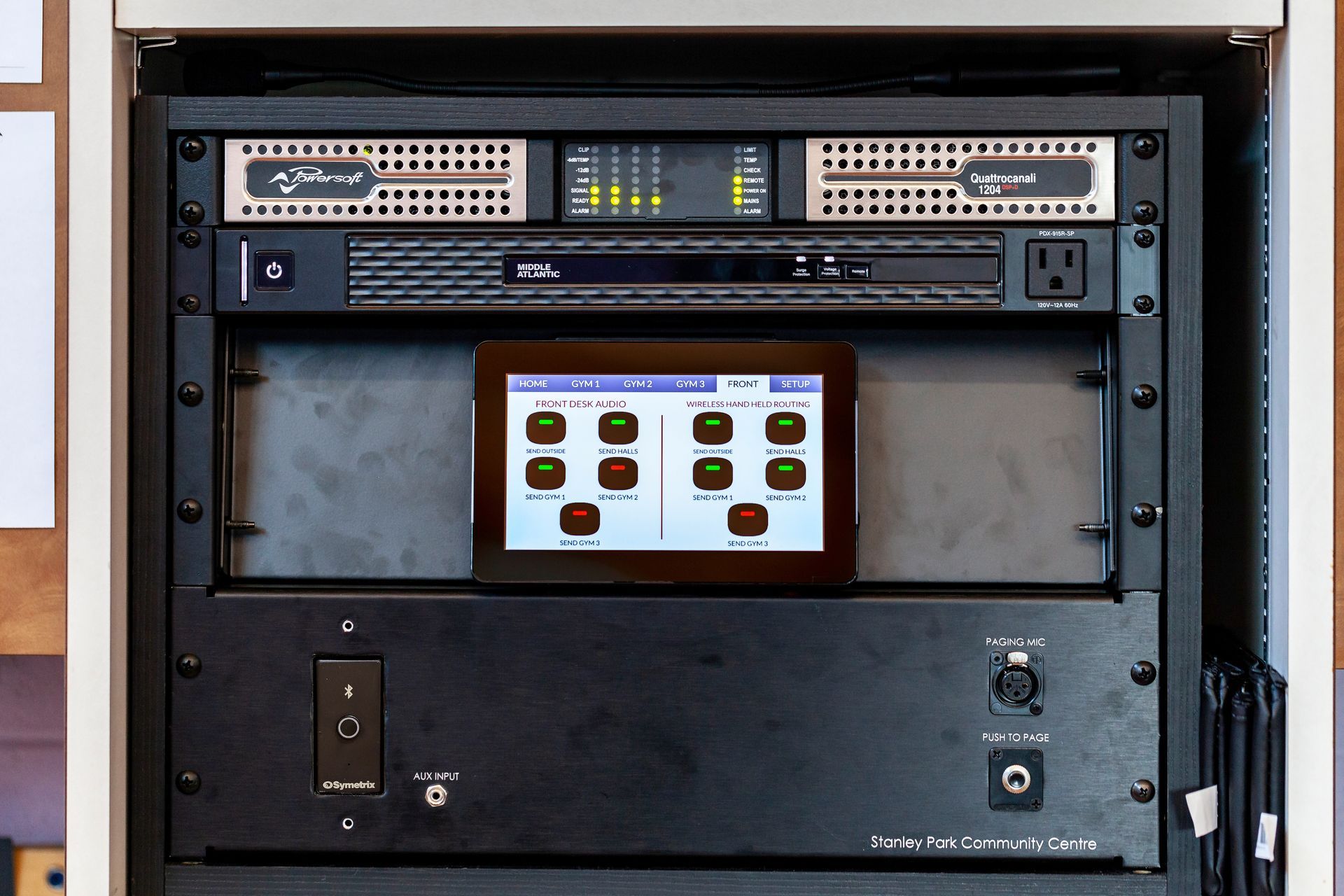
Bonus: More Training
Training not only deserves the #1 spot, but also the bonus spot! Everyone knows, you can have a beautiful new car, but if don’t know how to drive properly, you’re likely to have a bumpy ride to work. Training can look like one-on-one or group sessions with a qualified professional, or it can look like workshops or free seminars. But whatever form it takes, training and education for you and your team is not only the most cost effective way to help achieve your audio quality goals, but it will also better equip you and your team to know when it is time to replace a microphone, upgrade an entire system or invest in acoustic treatment.
By applying some of these strategies, we’re confident that you can significantly enhance your audio quality in 2025 and beyond. The goal is to create an excellent experience for your audience or congregation and Horizon Solutions is here to help! Our focus is solutions and with services ranging from free training workshops and seminars to complete system design and installation, Horizon can be your partner in achieving your audio quality goals.
